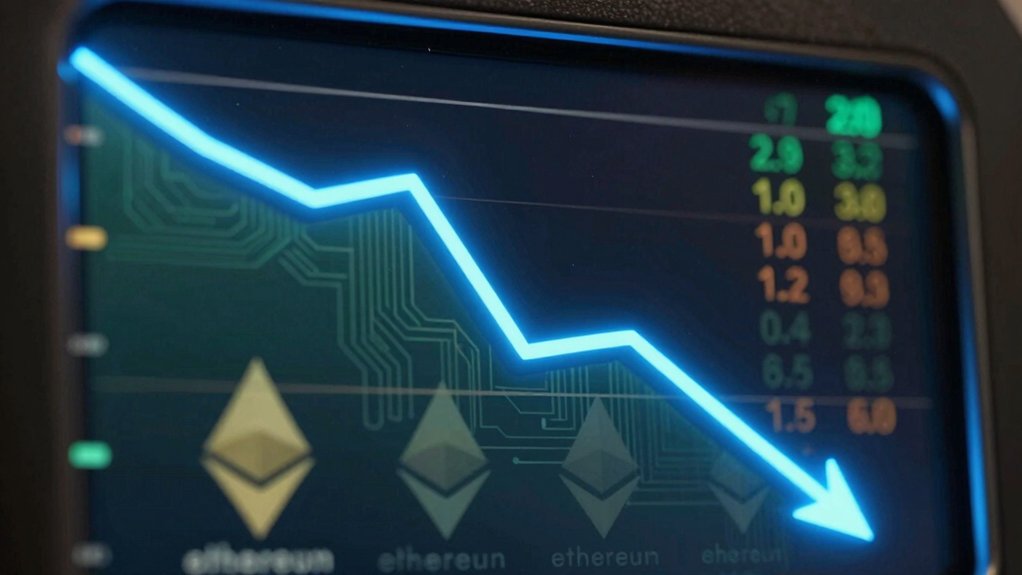How will the imminent Pi Network v23.01 upgrade, scheduled prior to the mainnet launch on September 3, 2025, recalibrate the platform’s operational paradigm by integrating the Stellar-Core v23.0.1 protocol to enhance performance, scalability, and security, while simultaneously addressing critical challenges in decentralization, regulatory compliance, and tokenomics to facilitate broader ecosystem development and market adoption? This strategic upgrade represents a pivotal inflection point that promises to restructure the foundational architecture of the Pi Network, enabling a more robust consensus mechanism, optimized transaction throughput, and fortified defenses against security vulnerabilities that have historically impeded network resilience. Central to this recalibration is the reconfiguration of token distribution dynamics, as the current concentration—wherein approximately 96% of tokens reside within a limited number of wallets—has engendered significant market volatility and constrained the platform’s capacity to achieve equitable decentralization. The planned 50% supply release in 2025, synchronized with the upgrade, aims to augment circulating token volumes substantially, thereby enhancing market liquidity and fostering a more responsive and balanced economic environment conducive to both investor confidence and transactional fluidity. Notably, the initial 9.7 billion Pi tokens in circulation set a precedent for gradual supply expansion critical to sustained growth and stability within the ecosystem (initial circulating supply).
Moreover, the upgrade’s implications extend to refining the network’s governance structures, which remain a critical factor in regulatory compliance and institutional acceptance, particularly as the platform endeavors to shift from a centralized framework toward a community-driven KYC authority model. This evolution is anticipated to mitigate legal risks and align Pi Network’s operational ethos with prevailing global standards, thereby facilitating its entry into more prominent exchange listings such as Binance or Coinbase, which have hitherto been reticent due to concerns over transparency and tokenomics. The interplay between improved token distribution mechanisms and enhanced market liquidity is therefore integral to addressing price volatility and expanding the platform’s real-world utility beyond speculative trading, fostering an ecosystem where decentralized applications and merchant integrations can flourish within a legally compliant and economically stable framework. The upgrade, based on stellar-core v23.0.1, is specifically designed to improve network performance, security, and scalability, key factors in supporting these broader objectives. Additionally, the integration of smart contracts can automate processes and enhance security within the Pi Network ecosystem, aligning with modern blockchain innovations.









